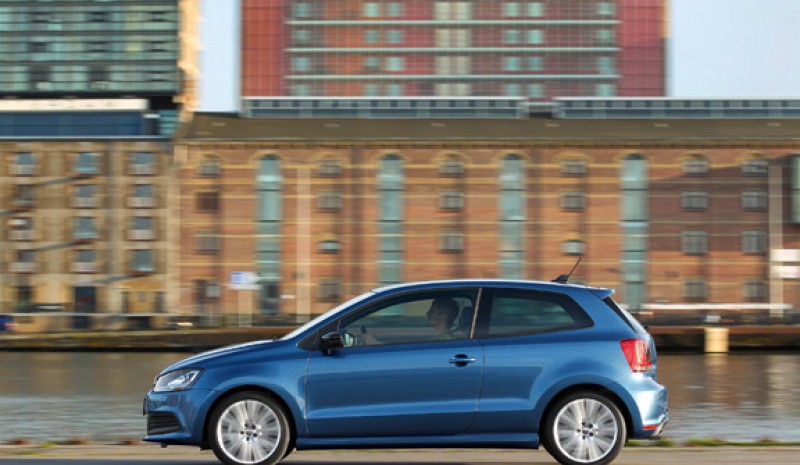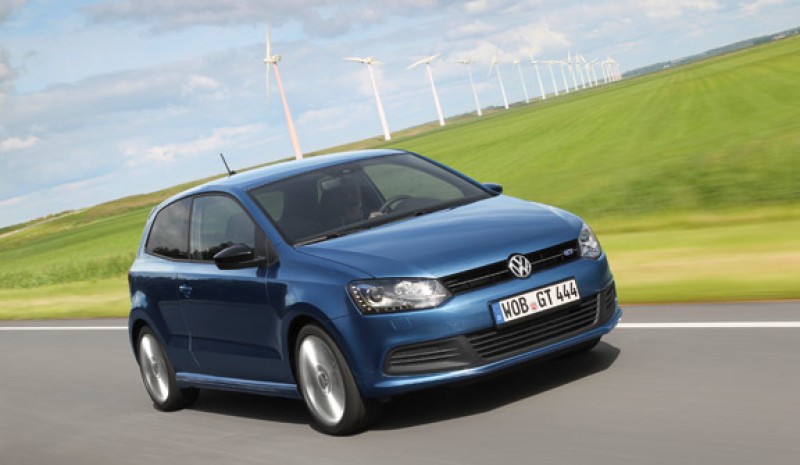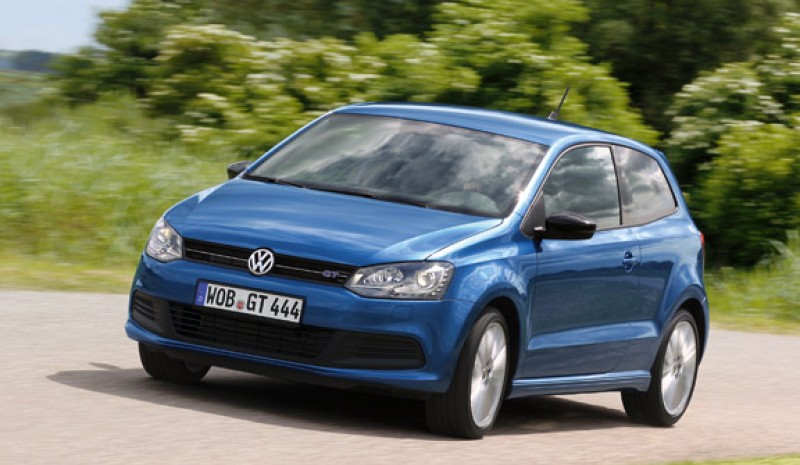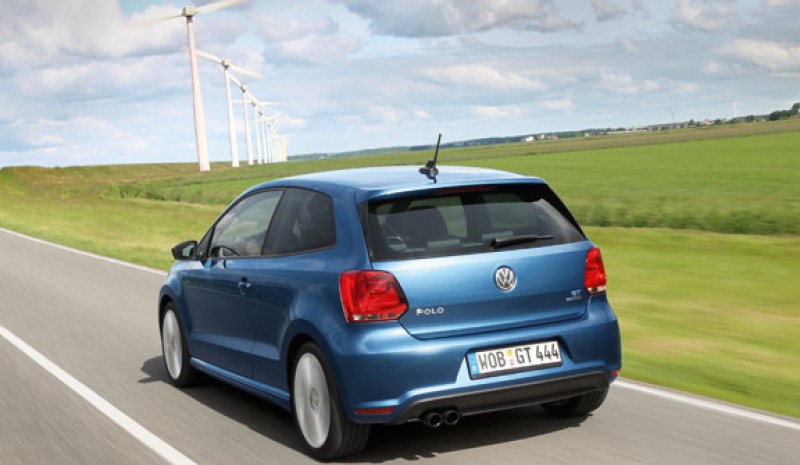Volkswagen Polo Blue GT
For more than two thirds of its use, VW
Polo Blue GT operates with only two of its four
active cylinders. But thanks to that achieved
economize between 0.4 and 1.0 l / 100 km consumption
gas. We are at your command and you
how it is this great little genius.
The most prominent new feature in the new Volkswagen Polo Blue GT is its engine, the application on the same system ACT Active Cylinder Management. The idea of eliminating the action of some cylinders when the engine is working at partial load and surplus power is not new; but the Volkswagen group has dared to apply it to a four-cylinder engine, which is a challenge as to smoothness in delivering torque at low regime, vibration and sound.
The underlying reasoning is root thermodynamics: A cylinder provides better thermal performance (torque than consumption) the greater the filling gas and the actual compression prior to the explosion. Therefore, a small engine Working closer to its maximum torque is cheaper than gas-to-end big one. Miniaturization does not solve the problem as to have enough maximum power, the little engine that will bring you the support overfeed; therefore, the actual partial load compression will also be relatively low and the only benefit that we get a lower internal friction are, given the smaller size of the pieces.
The solution is to have two engines at one and this is achieved with cylinder shutdownAn engine in which only two cylinders operate under higher load, consumes less than four working simultaneously, but with a much lower actual compression. The way to accomplish this is to have a distribution annulling of the cylinders, in this case central two three. The system VAG group, already applied in motors V, is that the cams of the disconnectable cylinders are slidable laterally, and its profile is juxtaposed the normal cam and another round, it does not perform any raised. The actuators move from one position to another by ramps spirally at the same direct injection and ignition cut.
The system works between 1400 and 4000 rpm, while the torque requirement does not exceed 100 Nm (10.2 mkg) torque, equivalent to 57 hp at 4,000 rpm, enough for the engine to operate with only two cylinders up to 130 km / h on the flat and windless, and even faster if tailwind or let downhill. To avoid possible oil accumulation in cameras that do not work, every so often, although the engine to continue to operate off, go into action for a few seconds the two central cylinders, to clean your camera, and then disconnect again. You have to be very alert to notice a slight difference in loudness and softness, as two cylinders the engine is a little bronco.
In the new Volkswagen Polo Blue GT, replacement of volumetric compressor and turbo binomial, by combining a single turbo and uncoupling of two cylinders, seems to give excellent results, at least to the top of 140 hp.
At Volkswagen group Currently there are two double 1.4 tree valves 16 totally different from each other. The first, with cast iron block and control the distribution chain, was born six years ago and has had a version with 120/125 hp turbo and twin-charged (turbo and compressor) in versions ranging from 140 to 185 CV. Its dimensions are 76.5 / 75.6 cubic mm and 1,390 cm3 displacement.
By contrast, the new EA-211 family, it belongs to the Blue GT engine, carries aluminum block (requiring lower 2 mm diameter) and distribution toothed belt. For now, limited to 140 hp, also it reduces the diameter of the main bearings 54 to 48 mm, and crankshaft and connecting rods are lighter. The start of the exhaust manifold is part of the cylinder head, the oil cooler is not going in the filter base, but in the block, the inlet intercooler is water / air type, and is a single piece with the filter air.
ENGINE AND TRANSMISSION
Engine: 4-cylinder transverse Forward
Displacement: 1,395 cm3
Maximum power: 140 hp at 6,000 rpm 4,500
Maximum torque: 25.5 mkg of 1500-3500 rpm
TRANSMISSION
Front-wheel drive
Transmission: 6-speed manual / automatic option in DSG 7-speed
DIMENSIONS, WEIGHT AND CAPABILITIES
Length x width x height: 398 x 168 x 146 cm
Battle and routes 247 and 144/144 cm
Coefficient Cx 0.31; S.Cx: .63
Official weight: 1,212 kg
Fuel tank: 45 liters
Porter: 280 liters
Performance and consumption
Maximum speed: 210 km / h
Acceleration 0-100 km / h: 7.9 seconds
mixed consumption: 4.6 / 4.5 l / 100 km (manual / DSG)
CO2 emissions: 107/105 g / km (manual / DSG)
What do you think of this news? Debate on forums with other motorsport enthusiasts.







